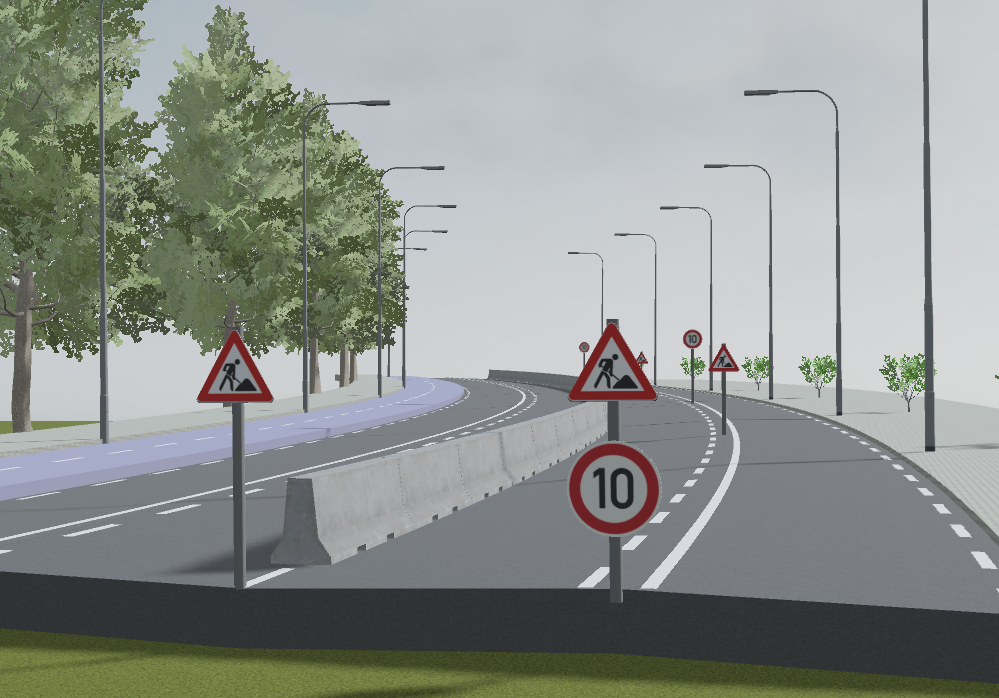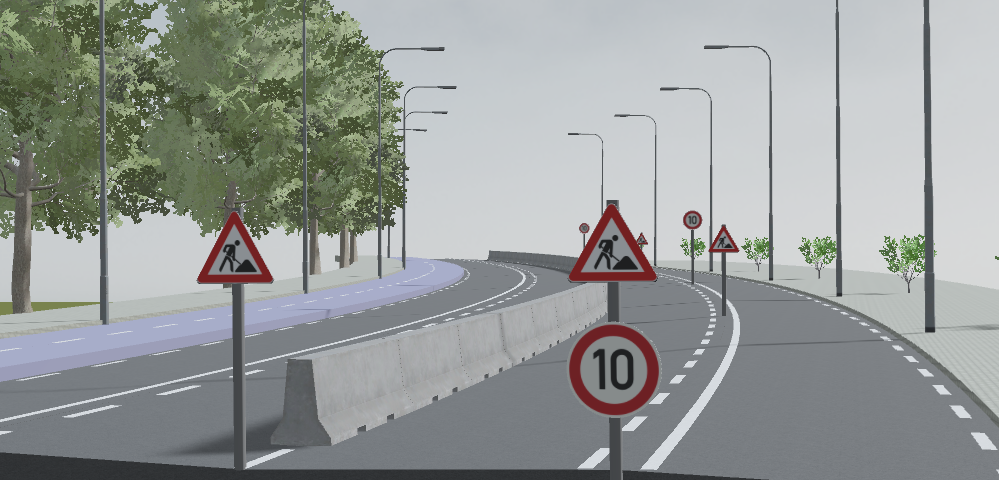Accelerate HiL development with VeriStand 2020 support


Simcenter Prescan, the best physics-based simulation platform for testing and development of automated vehicles, announces the release of version 2021.1. This release introduces the new OpenDRIVE exporter, support for HiL development with NI VeriStand 2020 and the new asset API, as well as many other important improvements that will help users improve the quality of ADAS/AV simulations.
OpenDRIVE exporter
Simcenter Prescan can now export the roads created with the API to OpenDRIVE. This will be especially useful to users that are co-simulating with other tools that require road synchronization.

Asset API and Blender plugin
This Prescan release introduces the Asset API, which is the Prescan format for 3D models. With the Asset API it is possible to create and edit Prescan assets, ensuring that Prescan assets can be used with all the sensor range in Prescan, including the physics-based sensors. The API is available in C++, Matlab and Python. Next to the Asset API, this is also the first release of the Blender to Prescan exporter plugin.
New vehicle models
Prescan introduces three new models in this release. The Hyundai i30 N-Line, Skywell vehicle and Parking Space lock have been added.

Extended OpenDRIVE and OpenSCENARIO support
This release is packed with support for new OpenSCENARIO features and the expansion of the OpenSCENARIO API.
Prescan now supports Relative Lane Position, with which users are able to refer to positions in lane relative to other actors in the scenario. A typical example would be referring to a vehicle with respect to the ego vehicle.
With the new Longitudinal Distance Action, users can make sure that a following or leading vehicle maintain distance with their respective leading or preceding vehicles. This action also includes some dynamic constraints to make sure that no unrealistic behavior is experienced when activating it.
Finally, The Storyboard Element State condition lets users know which actions are finished. A typical example could be an overtaking action where the vehicle changes lane, then accelerates, and then changes the lane back to the original one. This condition informs the user whether the vehicle finished the acceleration.
Prescan extended its support for OpenDRIVE with the import of poles and streetlamps objects.
HiL development with Prescan: Upgrade to NI Veristand 2020
Prescan now supports NI HiL development with VerSitand 2020 R2. This upgrade will enable the use of FMI/FMU directly within the NI HiL development platform thus making it easier for the customer to integrate custom code / vehicle dynamics.
Probabilistic Sensors Plugin
With this new release we introduce the Probabilistic Sensor Plugin which includes two probabilistic sensors; radar and camera.
The probabilistic radar sensor models a radar detection process including detection and clustering. The detected objects are further processed with a stochastic model to provide false positives and negatives. This provides a stochastic approximation of the effects normally caused by multiple reflections of the radar signal. The user can configure the radar model, accuracy and detection parameters.
The probabilistic camera sensor emulates the camera sensor detection and classification process. The detected objects are processed with a stochastic noise model on camera classification and tracking to provide false positives and negatives as a function of the false classification probability and occlusion percentage. This provides a stochastic approximation of the effects normally caused by an image recognition algorithm failing to recognize particular objects or reporting false detections and misclassifications. The user can configure the camera model, accuracy and detection parameters.
Want more information?
Interested in the new Simcenter Prescan 2021.1 release?


